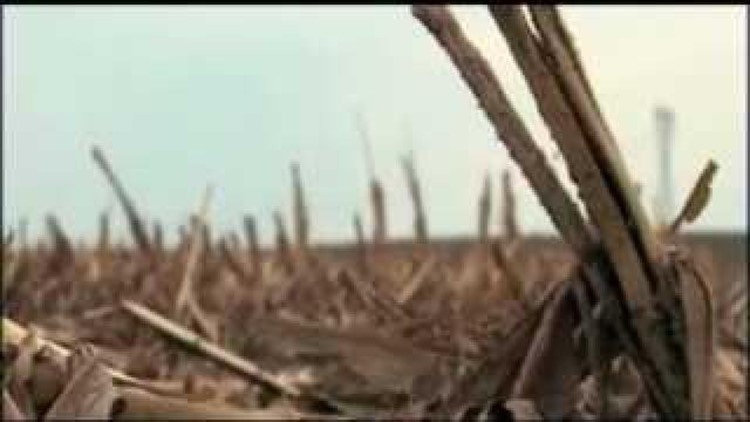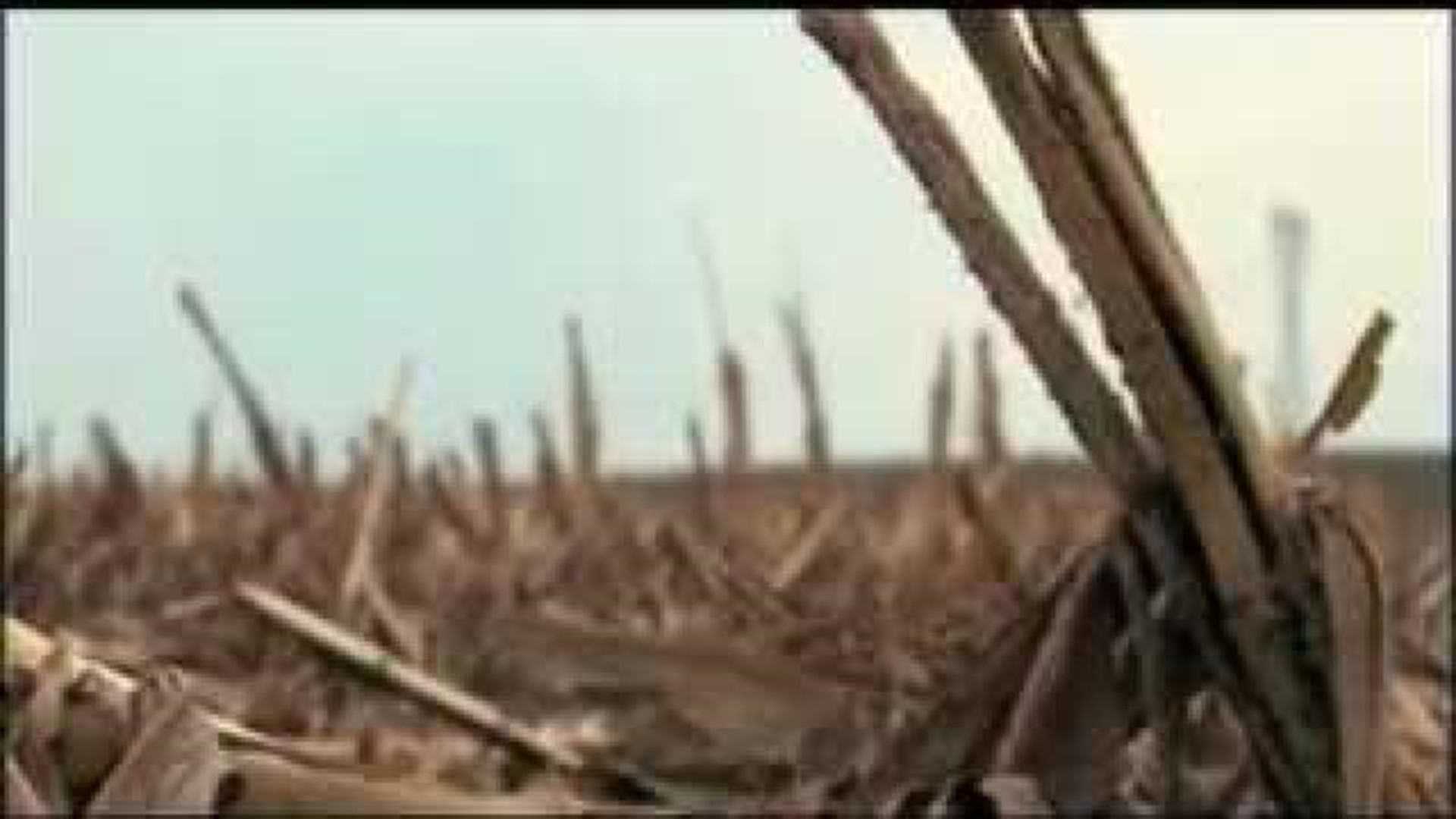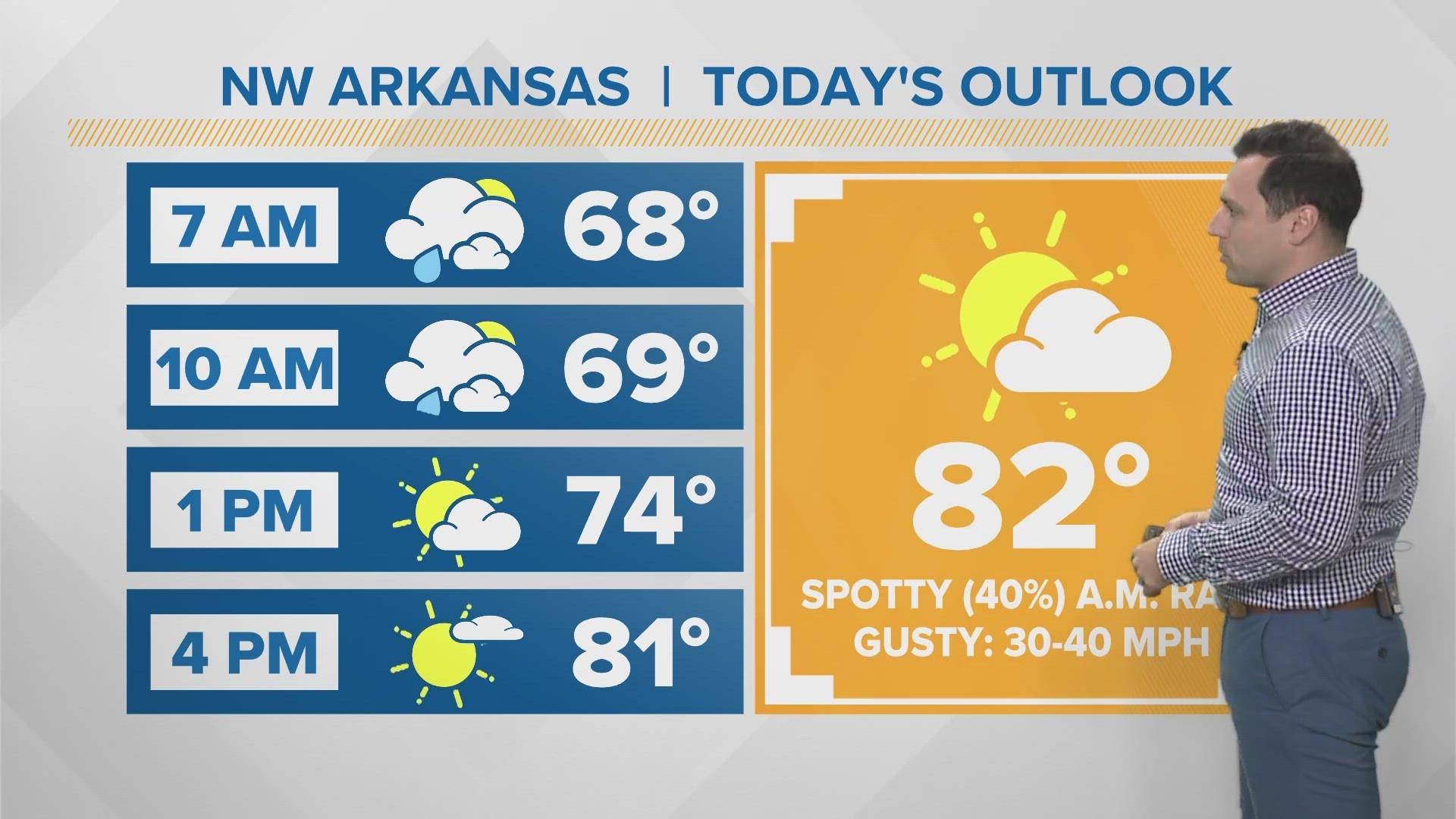2013 is off to a great start in terms of rainfall with January and February measuring above average totals. Fort Smith already has a surplus of over 3 inches for what is typically seen for the first two months of the year, but more is needed. The area is running a nearly 15 inch deficit due to lack of rain over the past year.
“Since about April of last year there have only been two months that we have seen above normal rainfall. So we've had significant deficits in the rain over the last several months," says Meteorologist Nicole McGavock of the National Weather Service in Tulsa, Oklahoma.
Northwest Arkansas currently sits in the severe drought category and the problem only gets worse as you head west into Oklahoma where over 85% of the state is in extreme or exceptional drought.
2012 went down as the 33rd driest year on record for the area despite above average rain last March.
Although 2013 has been off to a better start, there aren't strong indications in long range weather models that this trend will continue.
“So we’re going to have to wait and see and with the rainier part of the year coming up we hope that it will help to alleviate some of these drought conditions we've been seeing,” says McGavock.
Late winter into spring tends to be the period when we see the most rain. Locals who make a living farming and raising livestock rely on these rains to fill their ponds and water their fields.
A lot of these ponds are now running low or dried up all together and what is left may not be suitable for livestock to drink.
As the days warm up, drought conditions can worsen rapidly in a feedback cycle that can only be broken by heavy bouts of precipitation.
“The dry soils tend to make the temperatures even warmer and the warmer temperatures in turn cause more evaporation puts more stress on plant life which tries to absorb more moisture out of the ground and it just becomes a feedback cycle where you get hotter and drier and hotter and drier,” says McGavock.
Our area has typically seen wet conditions over the past 30 years so adjusting to this time of drought is being taken one day at a time.




